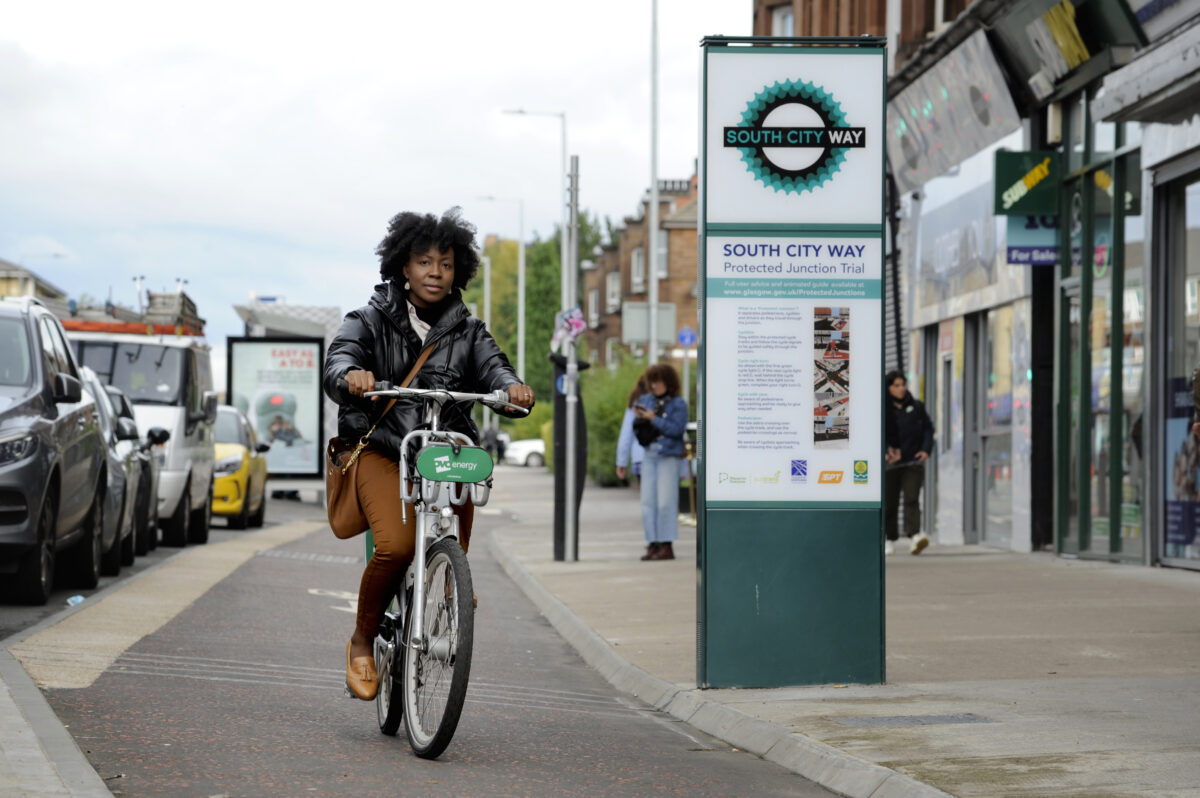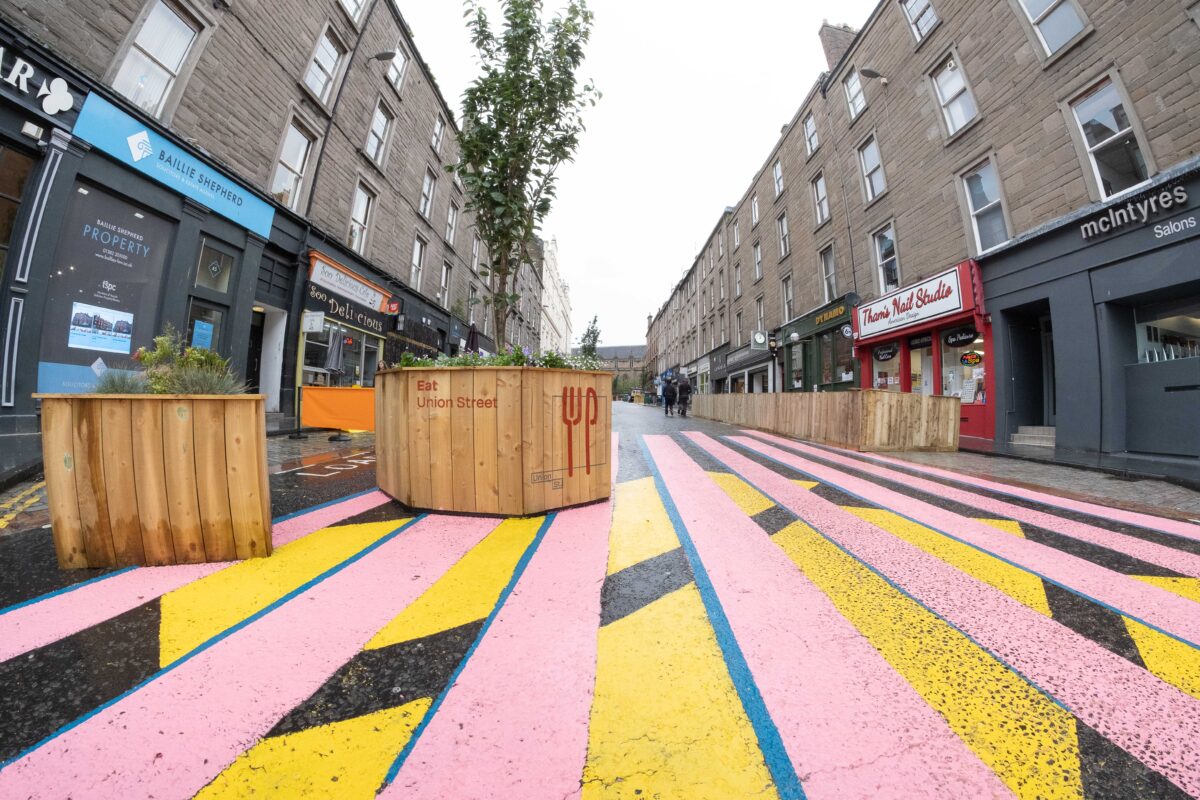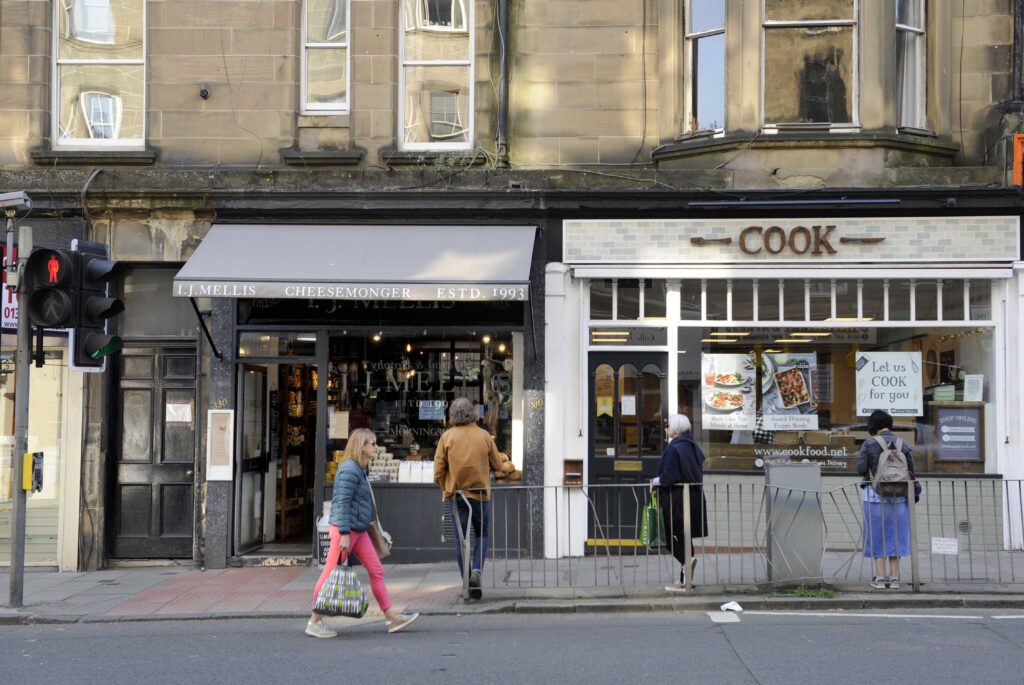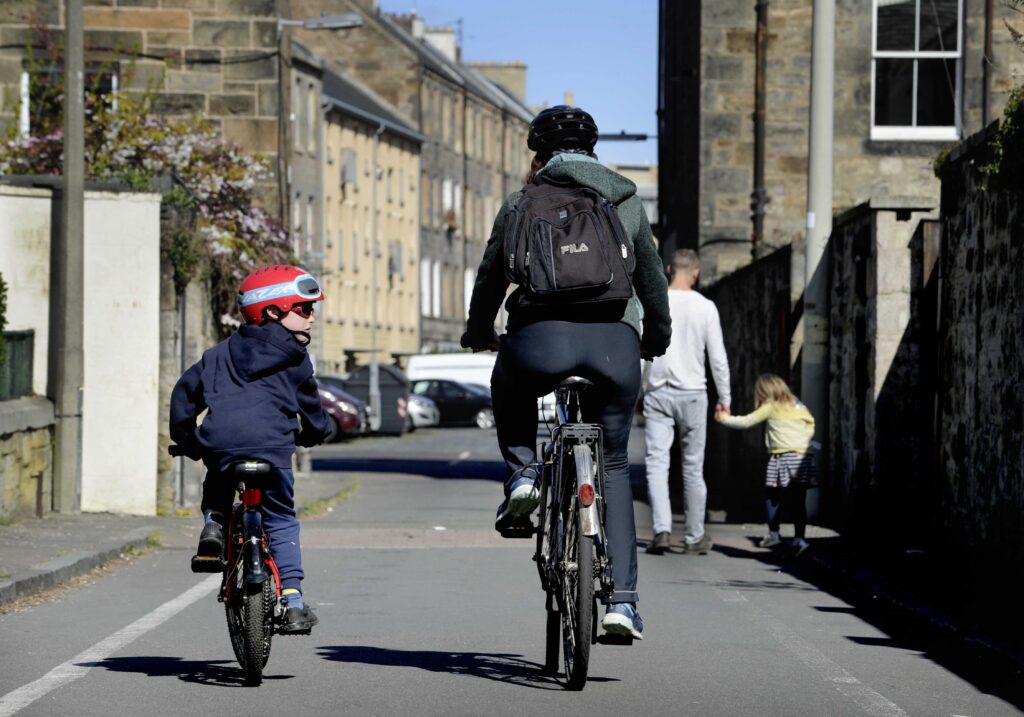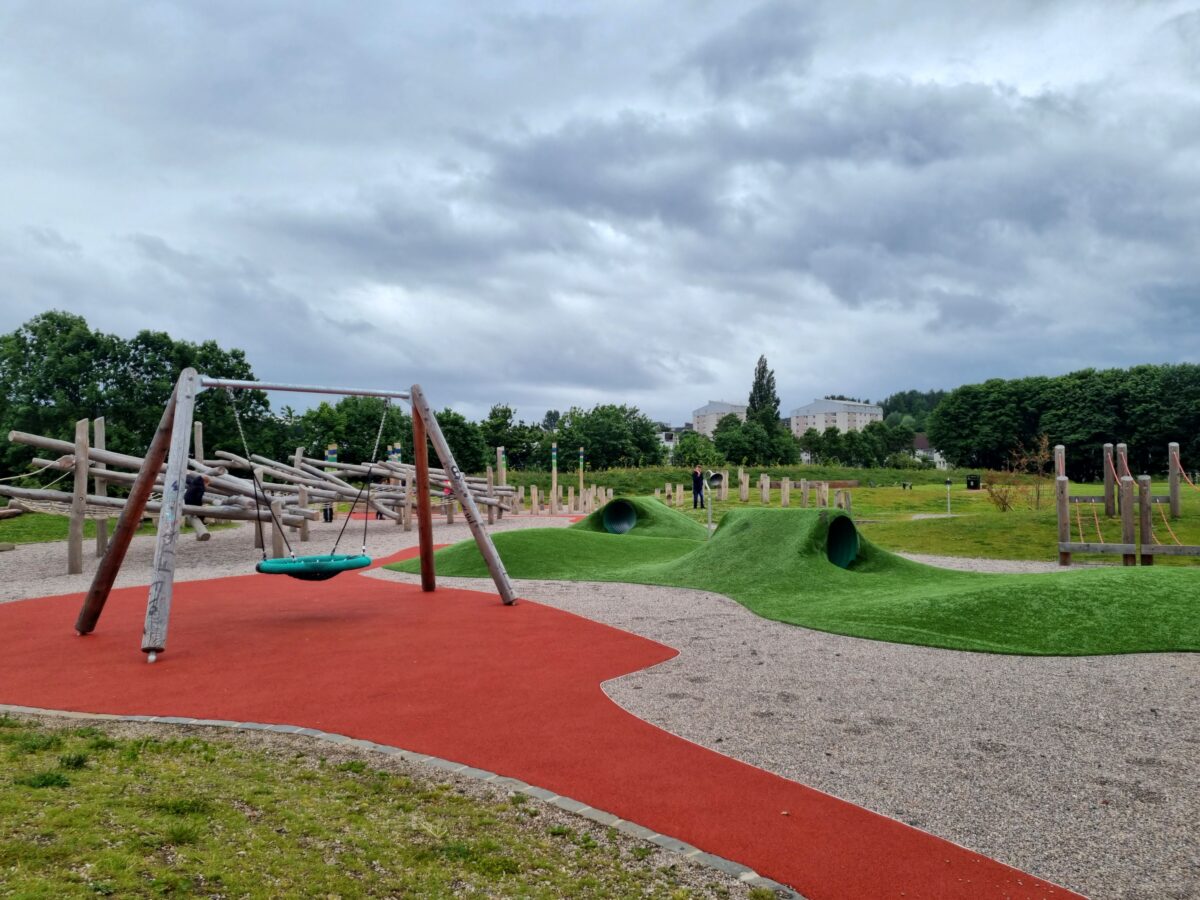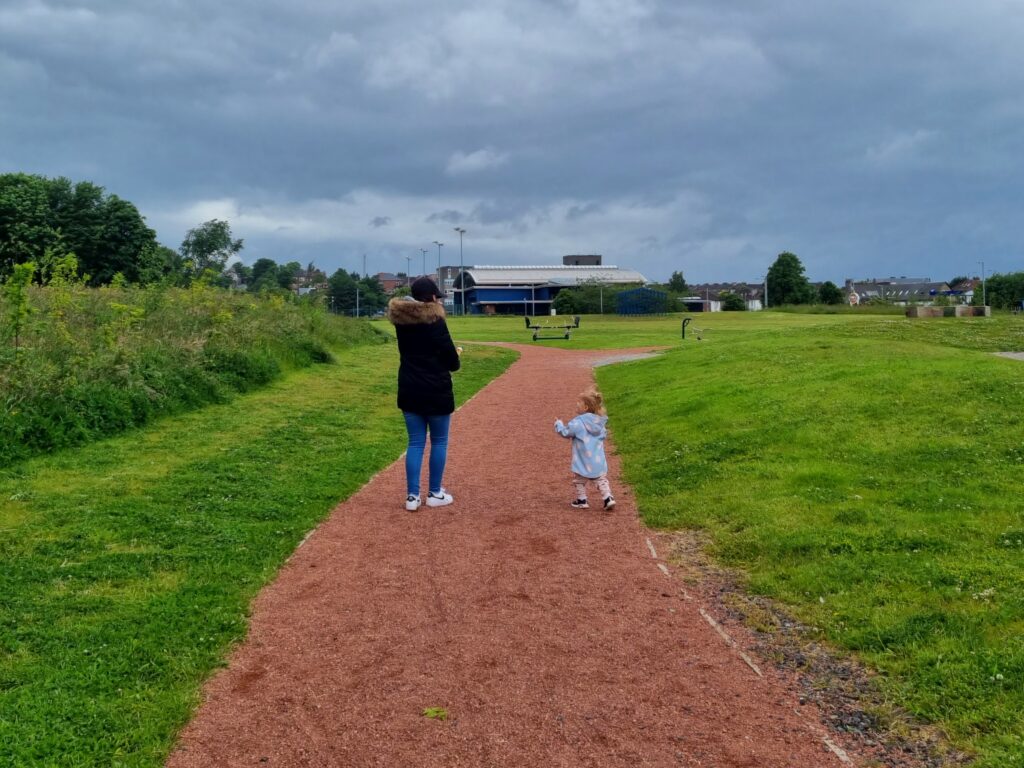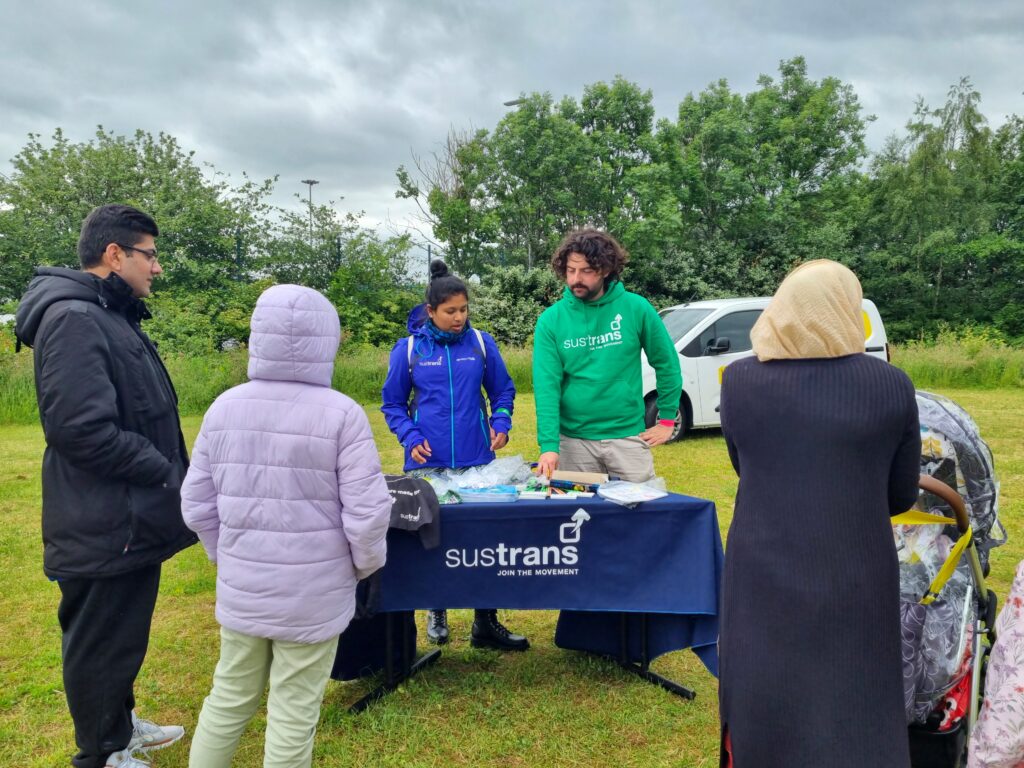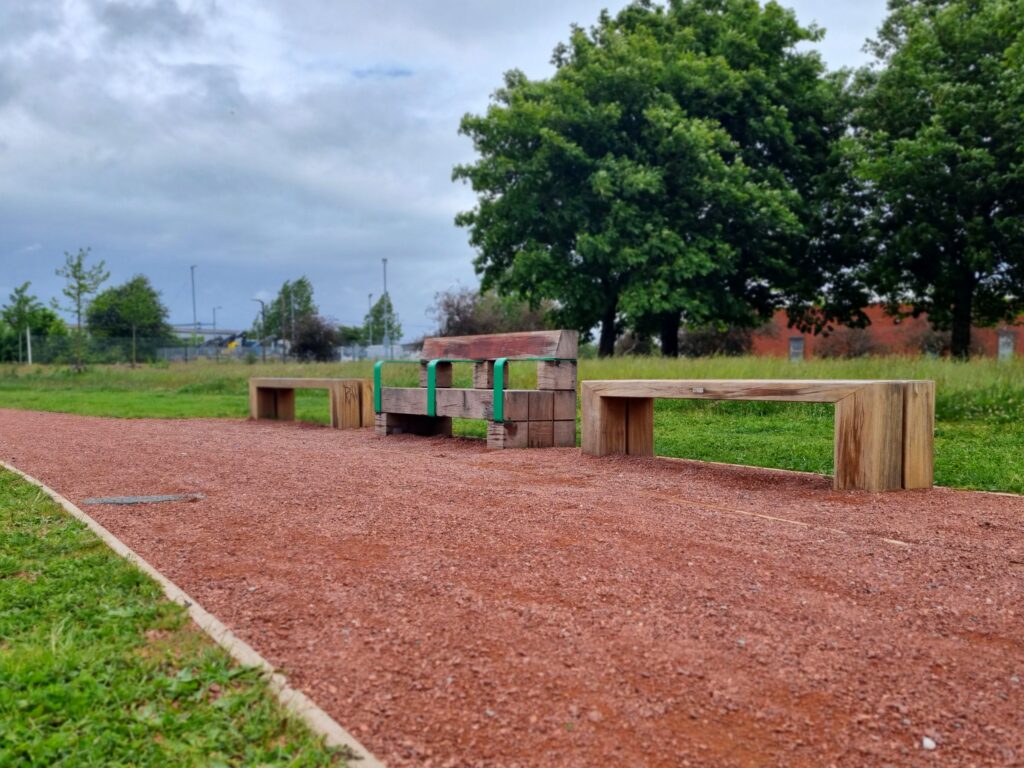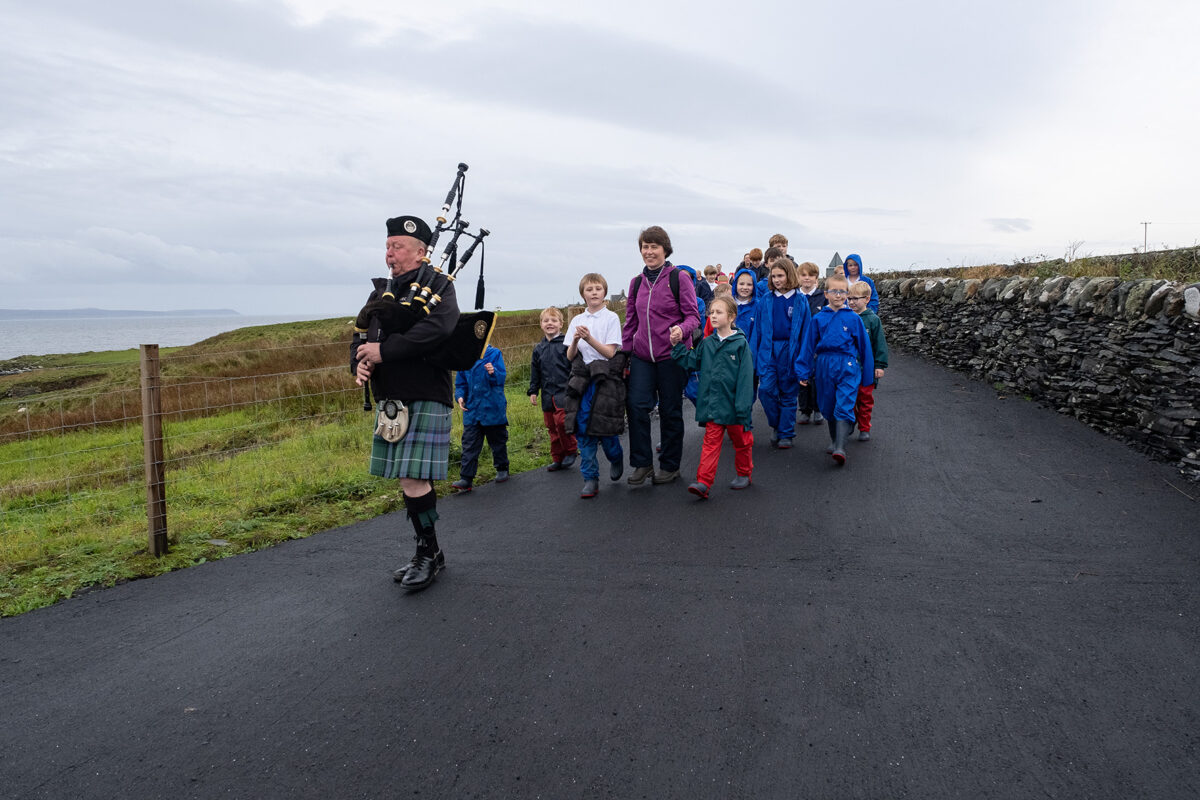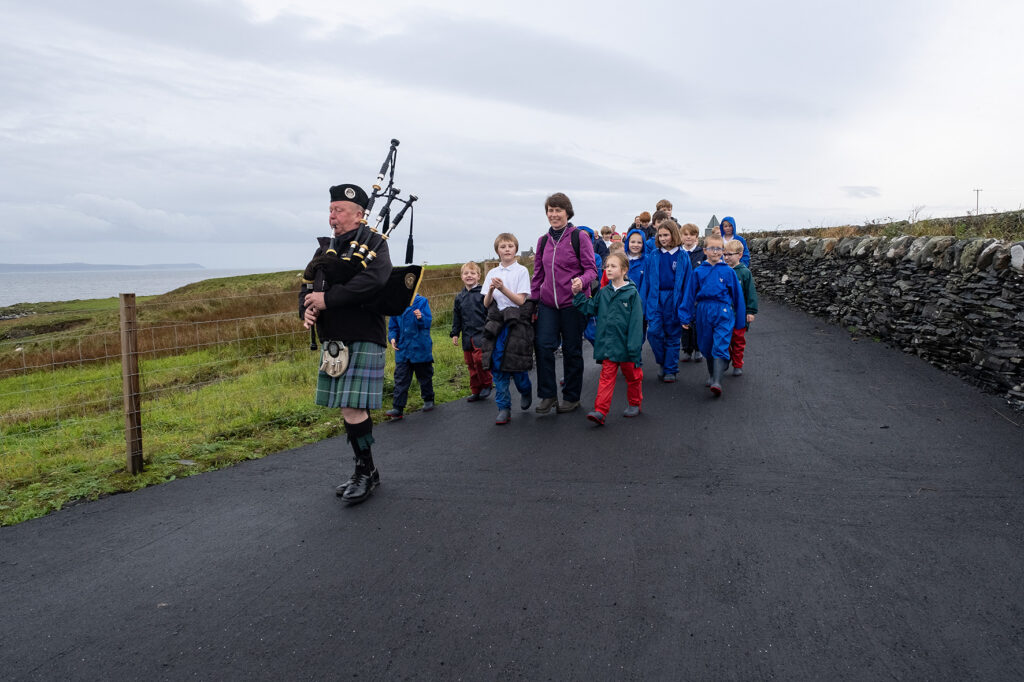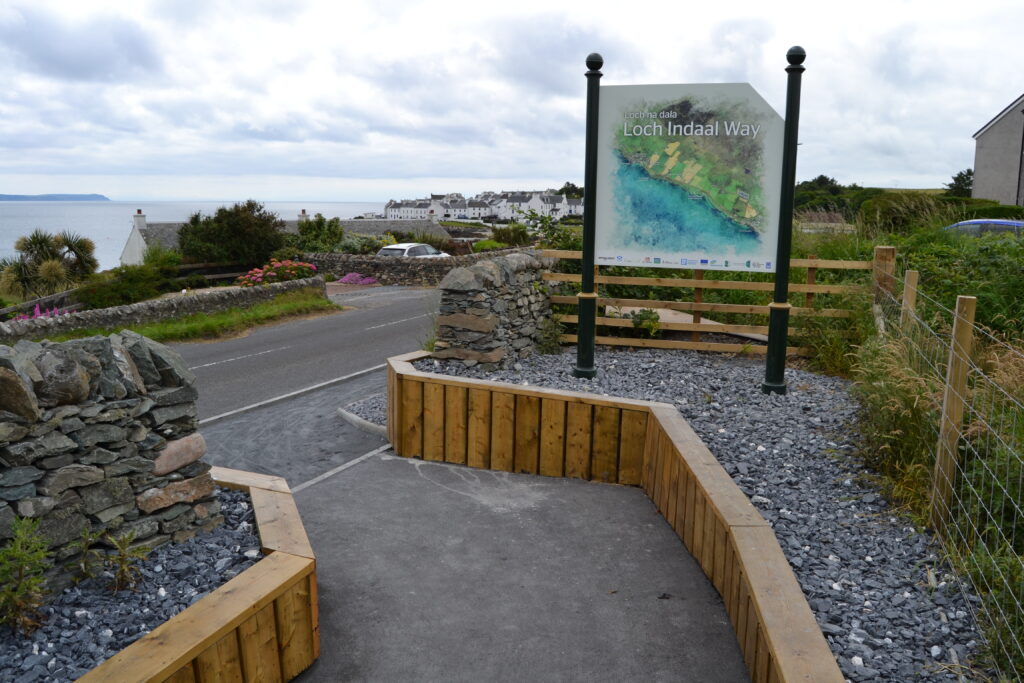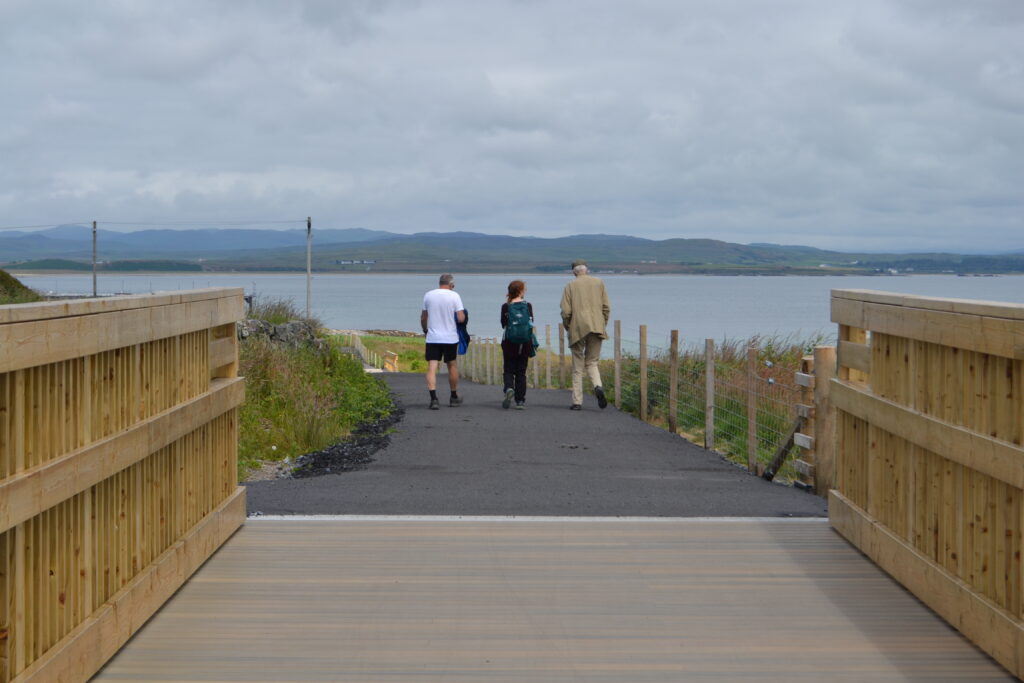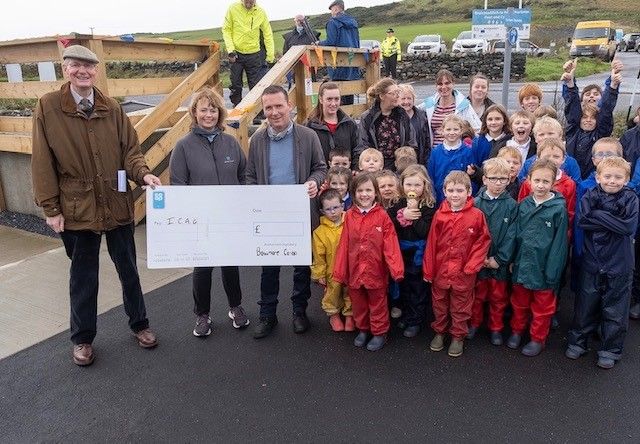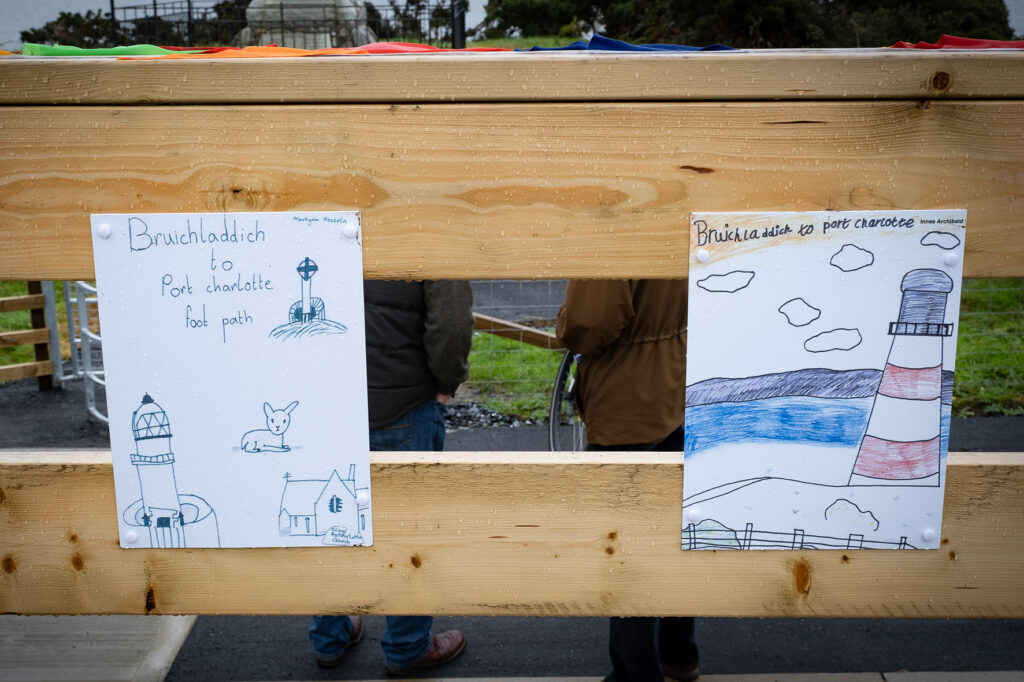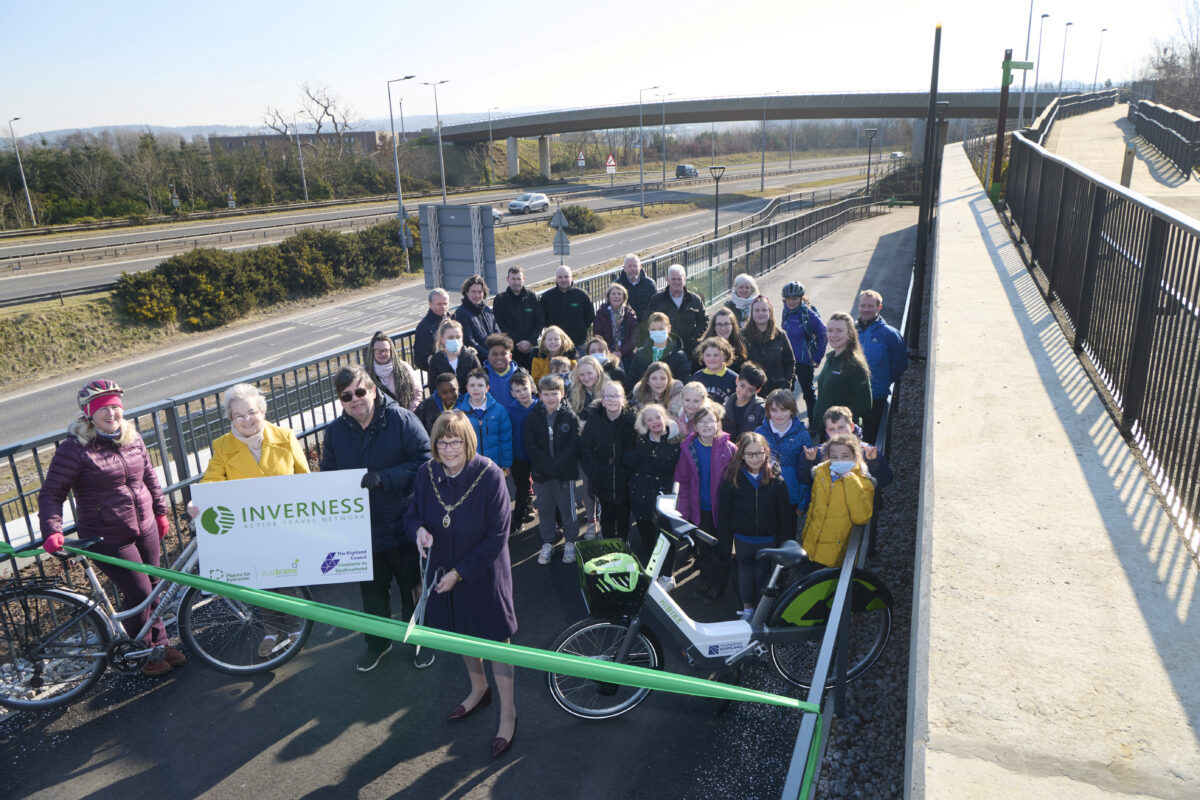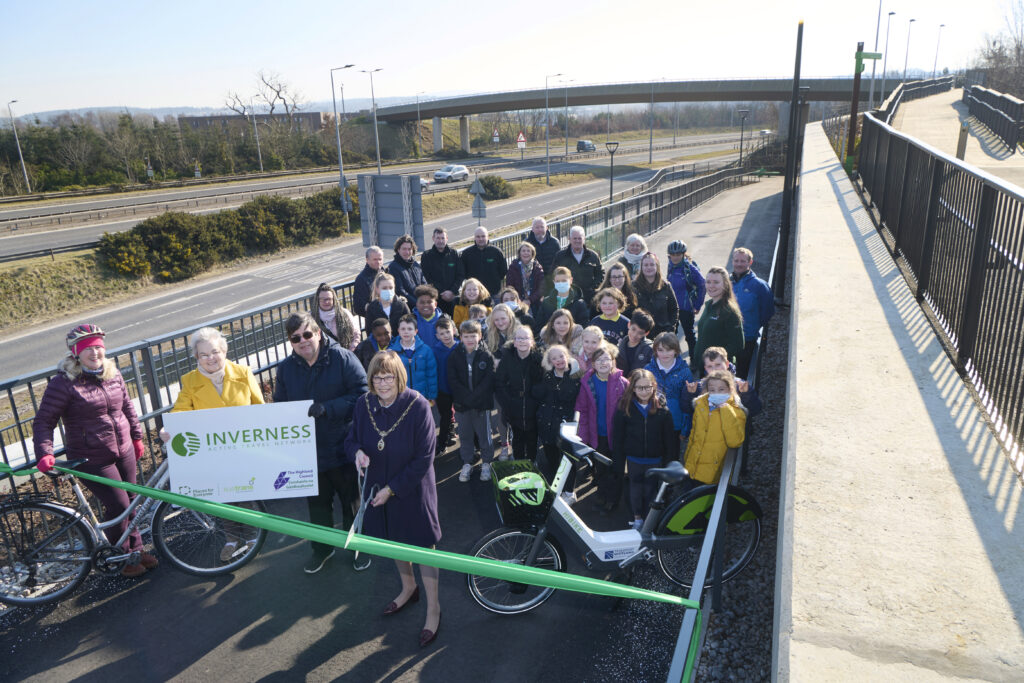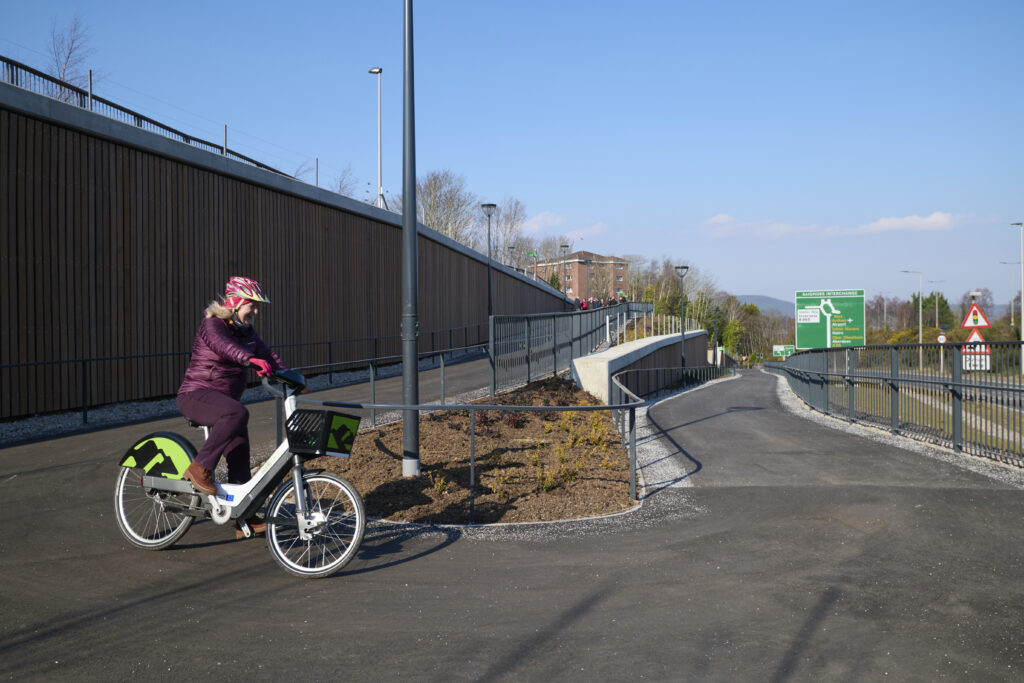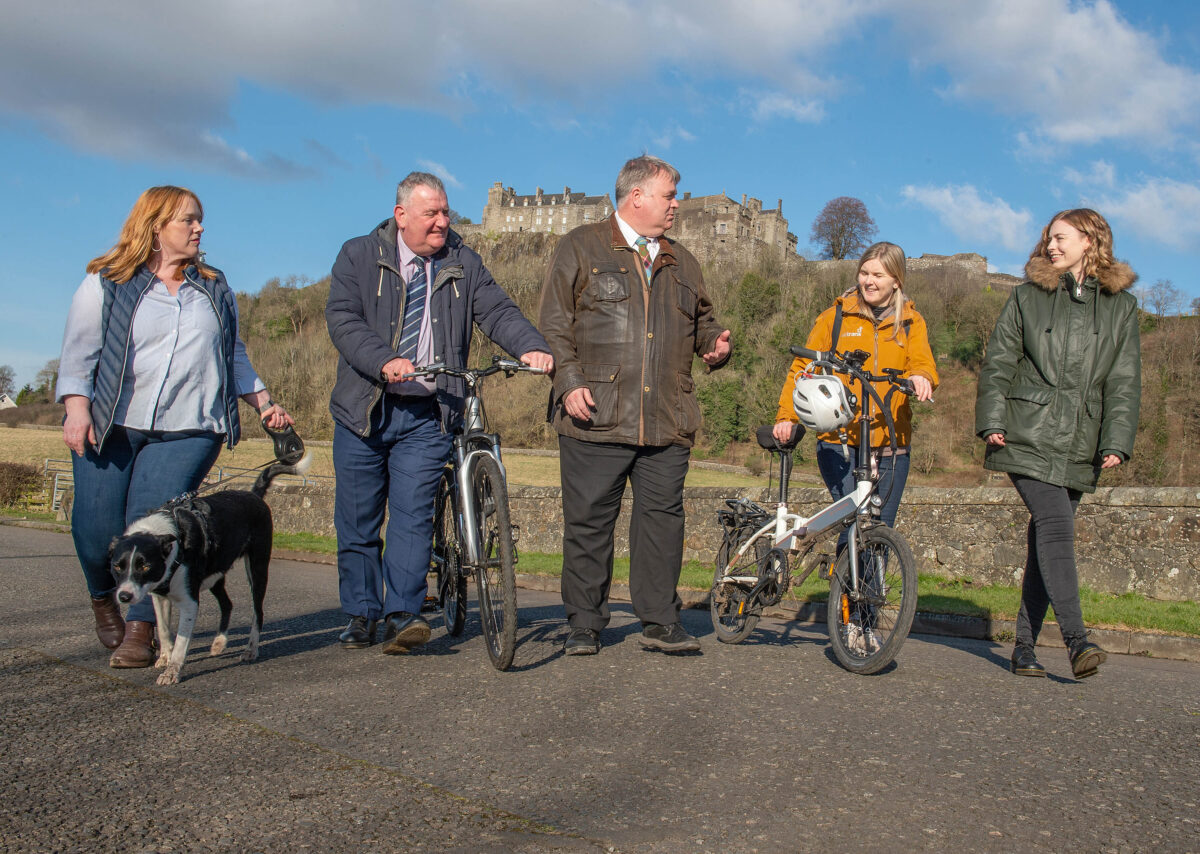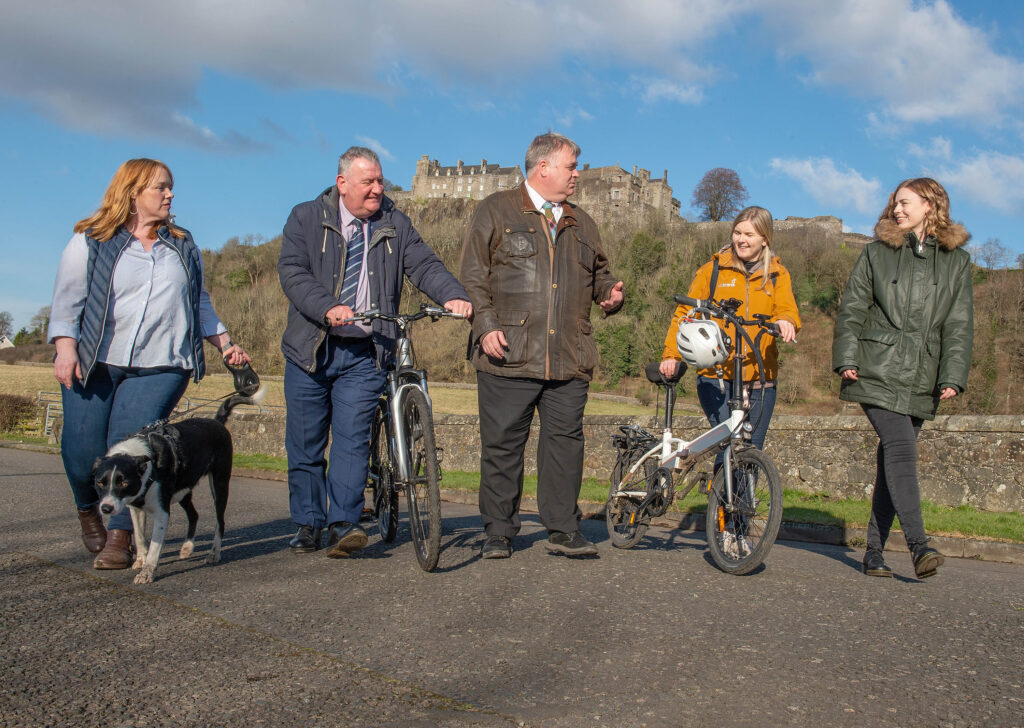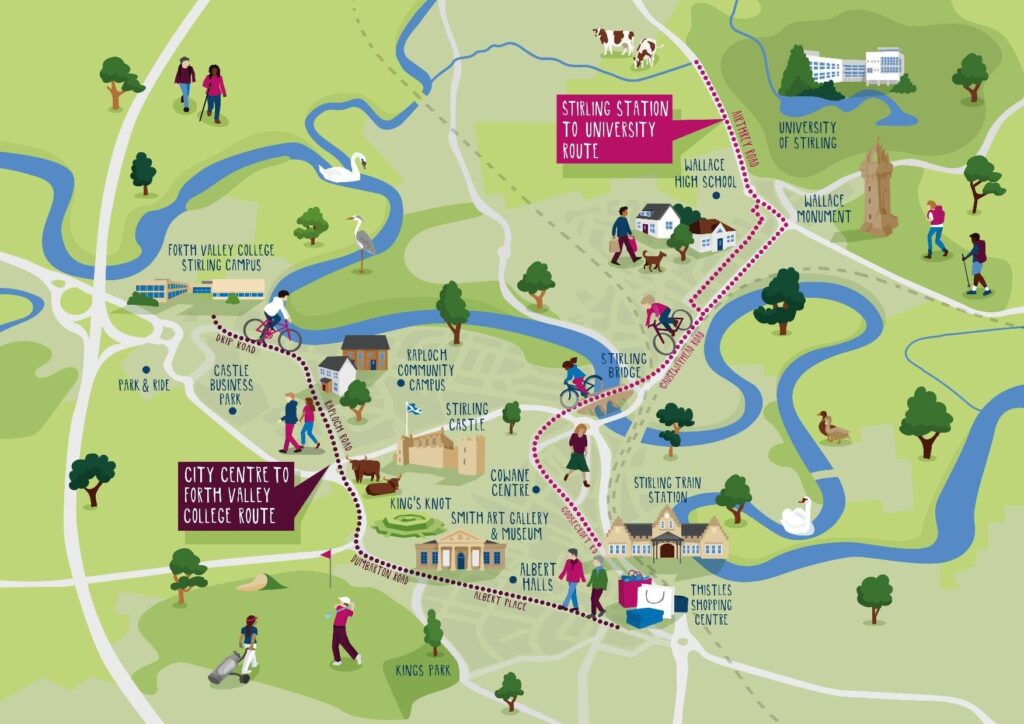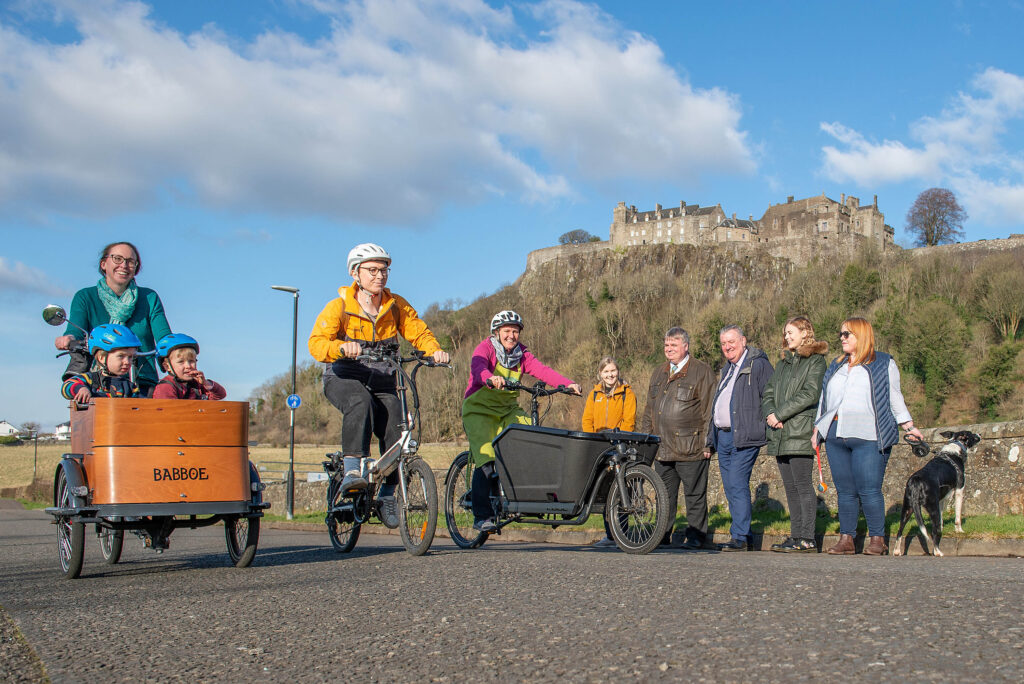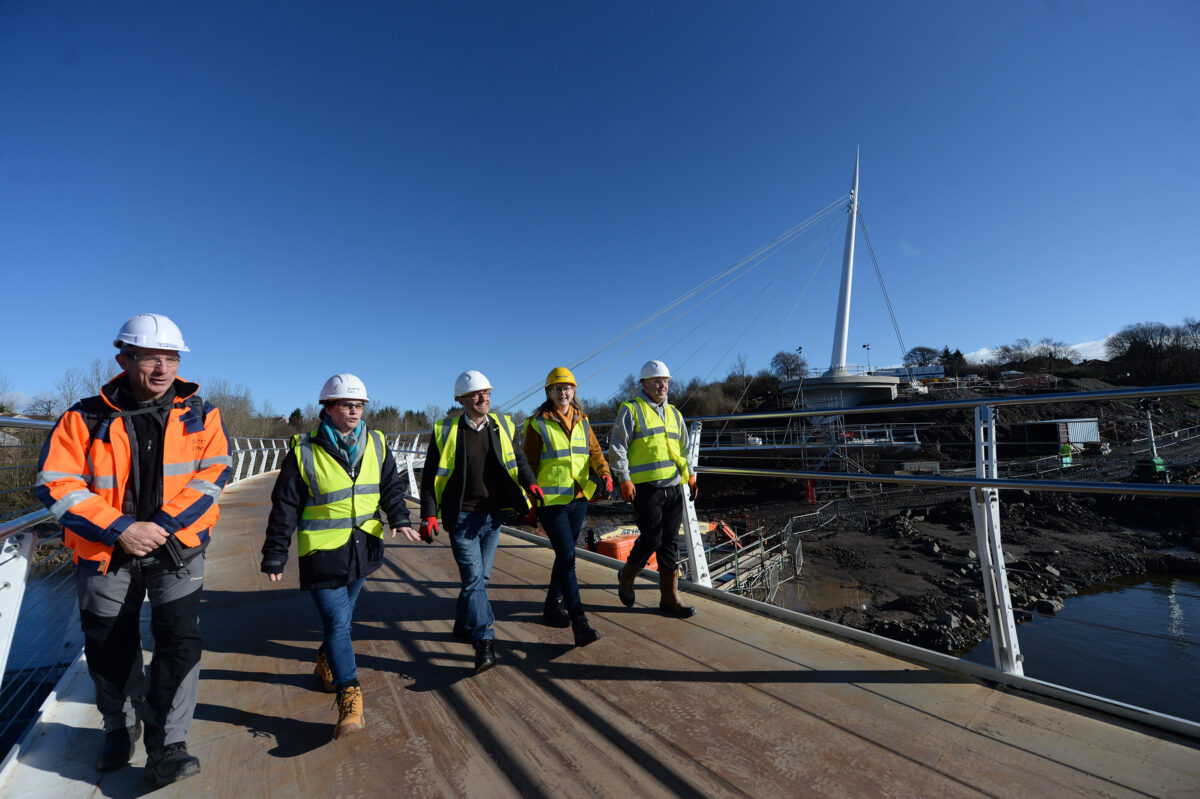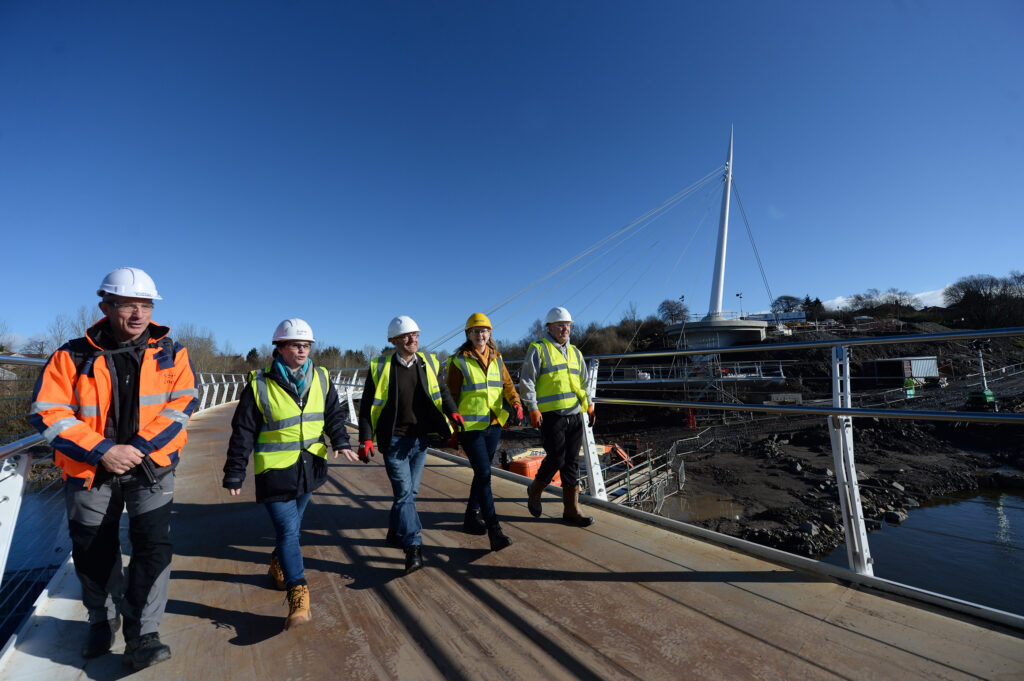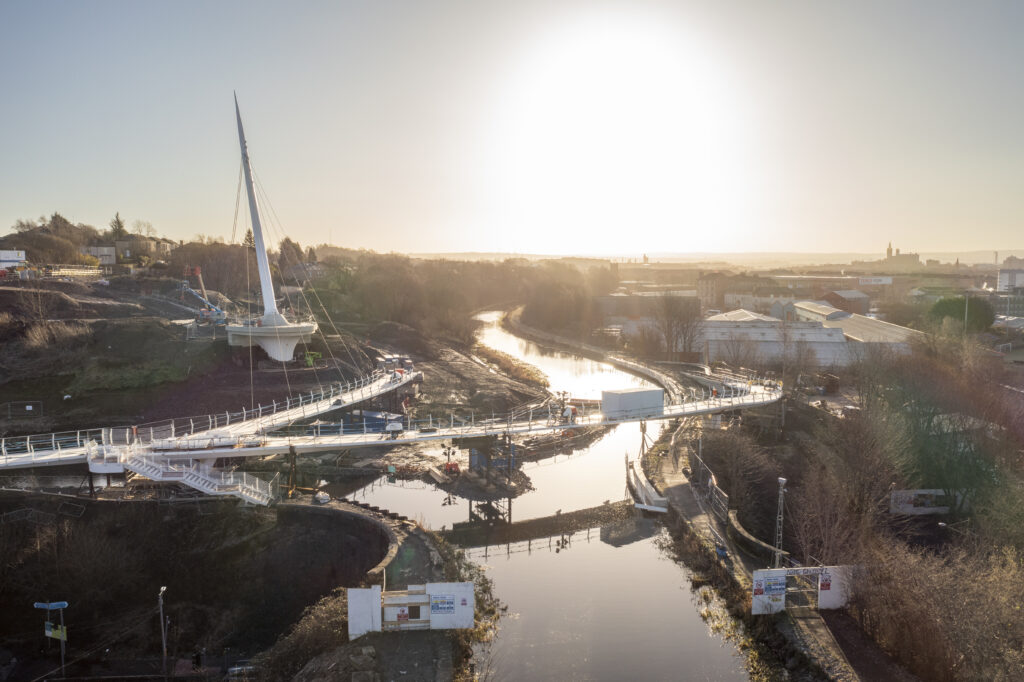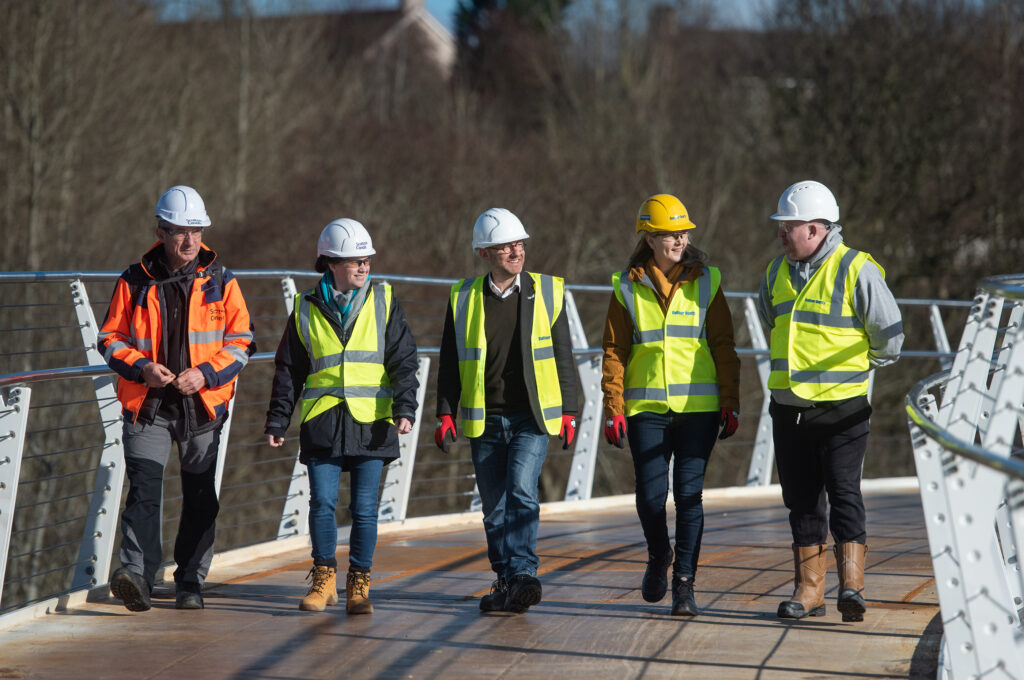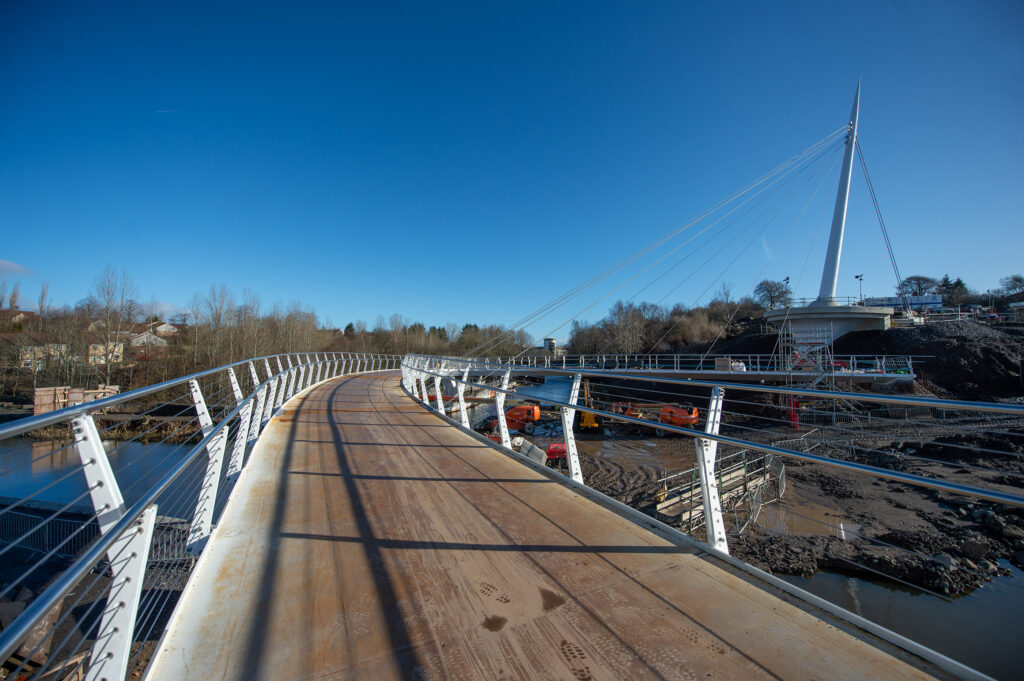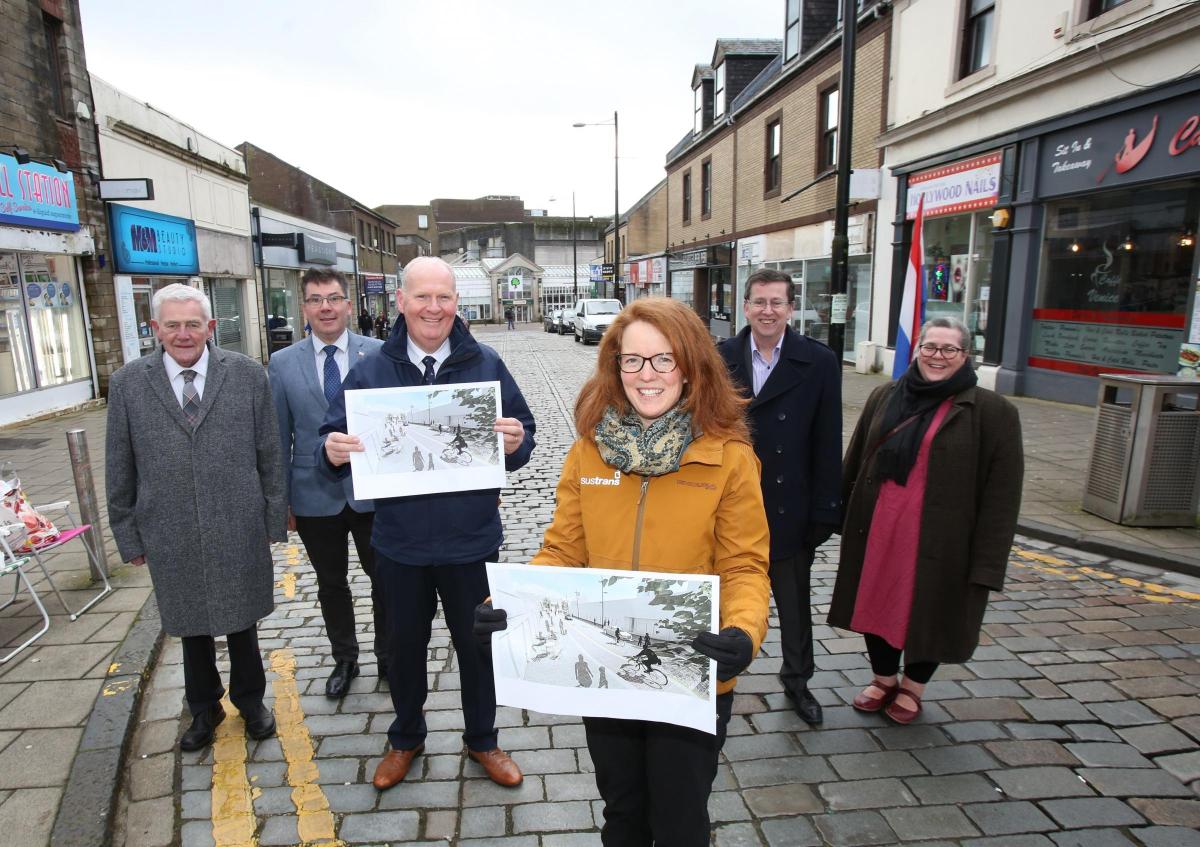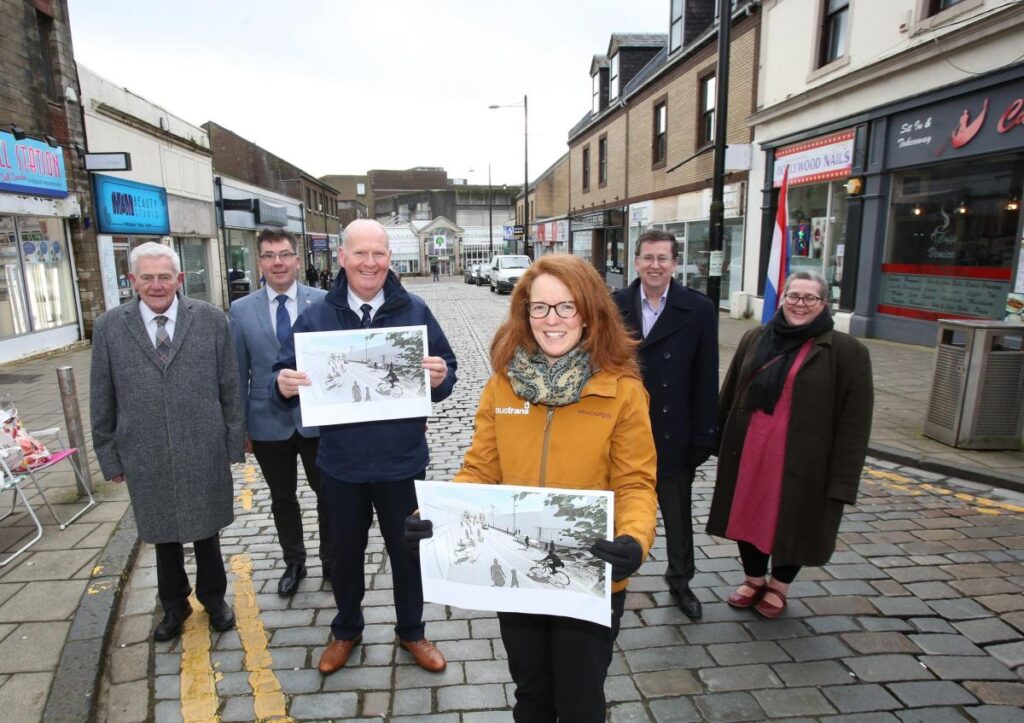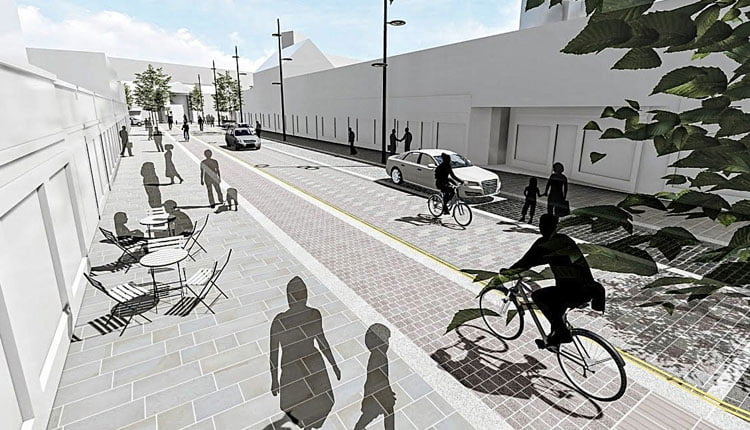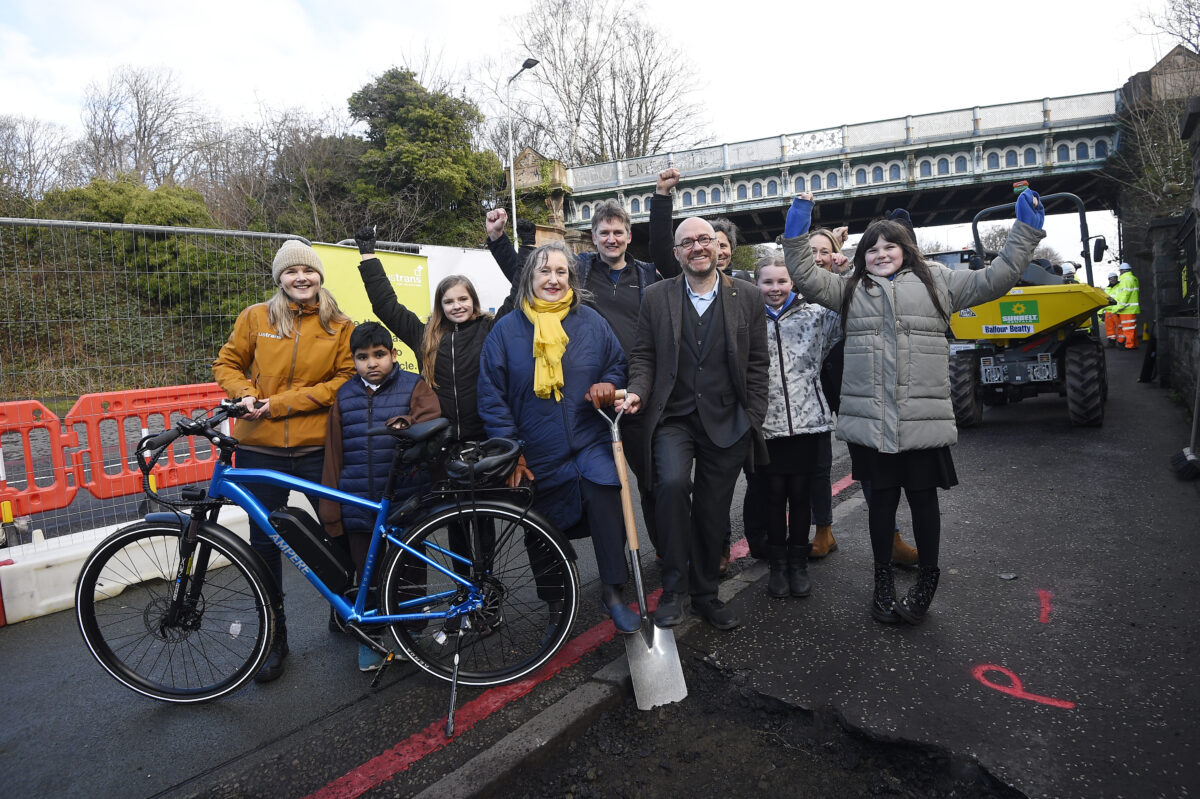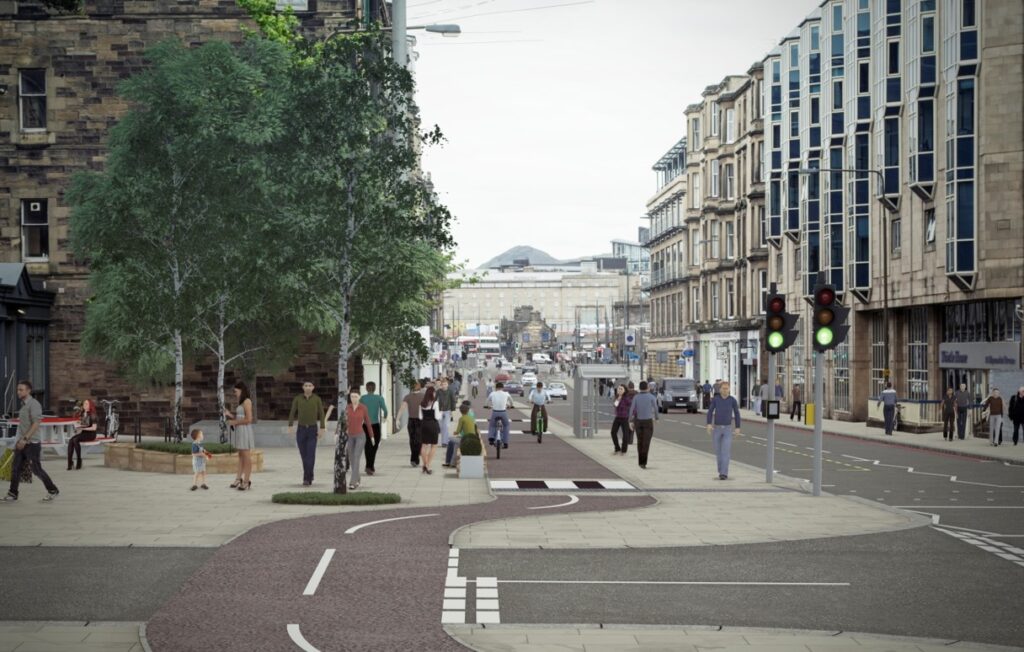The Glasgow South City Way project is delivering a high-quality active travel corridor from the heart of the South Side through to Glasgow City Centre.
The project is part of Glasgow’s ambition to become a cycle friendly city – linking routes and destinations by “quiet ways” that enable anyone regardless of ability to travel by bike.
As the project developed, two protected junctions (road junctions that separate people travelling on foot, by cycle, and in vehicles) were trialled at a couple of locations along Victoria Road.
They were the first protected junctions ever trialled in Scotland!
What were the outcomes of the trials?
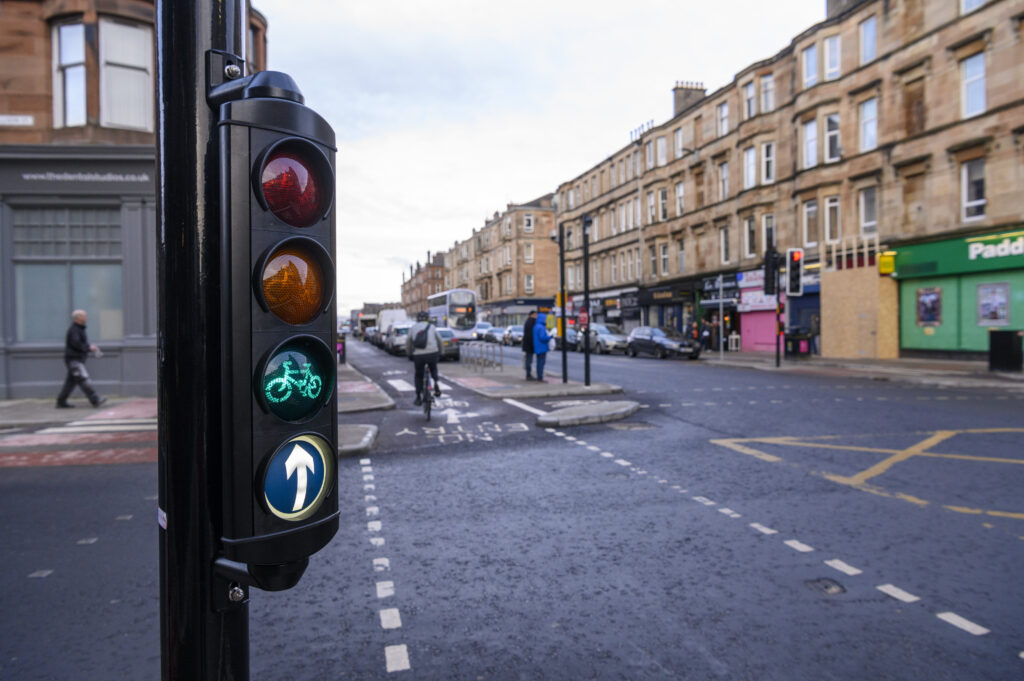
During the trial period Sustrans’ Research and Monitoring Unit (RMU) found a significant increase in cycle traffic.
Between March 2019 and September 2021, the total cycle traffic through the junctions had almost doubled.
Pedestrian traffic changed much less in the same period, increasing slightly at one junction and decreasing at the other.
Video footage from the same period showed that 94% of cyclists followed the segregated cycleway through the protected junctions as intended.
Similar footage revealed that pedestrian behaviour had also changed between the pre and post-intervention monitoring.
At the protected junctions, fewer people were crossing on the diagonal, opting instead to cross each arm of the junction separately. Crossing when the red figure shows had increased suggesting that people felt safe enough to cross when traffic was still flowing through the junction.
How have perceptions of safety changed?
As part of the RMU study, 218 interviews were carried out with people who walk and cycle to find out how the introduction of the junctions had changed safety perceptions.
The responses were conclusive, with all the cyclists and over two thirds of the people walking feeling either safe or very safe when using them.
There were, however, also learnings to be taken.
Some people reported confusion with the crossing signs and the position of signals at the new junction layout.
A few survey responses raised concerns for the experience of vulnerable groups using the protected junctions, including the light controls not having sound for people with sight impairment, and trip hazards due to the path and road being at different heights.
A small number of those interviewed also highlighted cyclists not using bells, not observing red lights and travelling in the wrong direction.
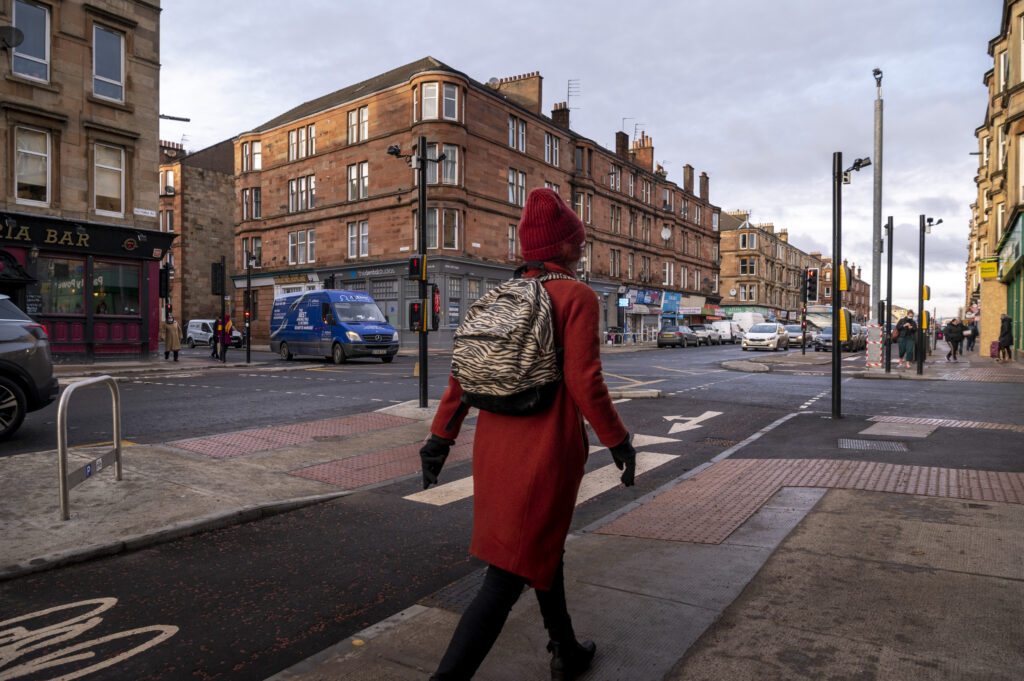
Looking forwards
While initial findings from the study are very encouraging, the team noted that further work is required to support the roll out of these protected junctions.
“We are pleased by our initial findings after the introduction of the protected junctions on the Victoria Road section of the South City Way.
Those we spoke to reported an increased sense of safety when using the junctions, and the growth of cycle traffic volume since their installation shows they will be an important tool to encouraging more people to use active travel for everyday journeys.
However, we know that there is a lot more work to be done.
Future monitoring will capture more data on the direction of cyclists travelling along the cycleway, and there will be a focus on the experiences of vulnerable groups using the intervention to ensure that everyone is able to safely walk, wheel and cycle in Glasgow”.
Ben Farrington, RMU Evaluation Officer at Sustrans
